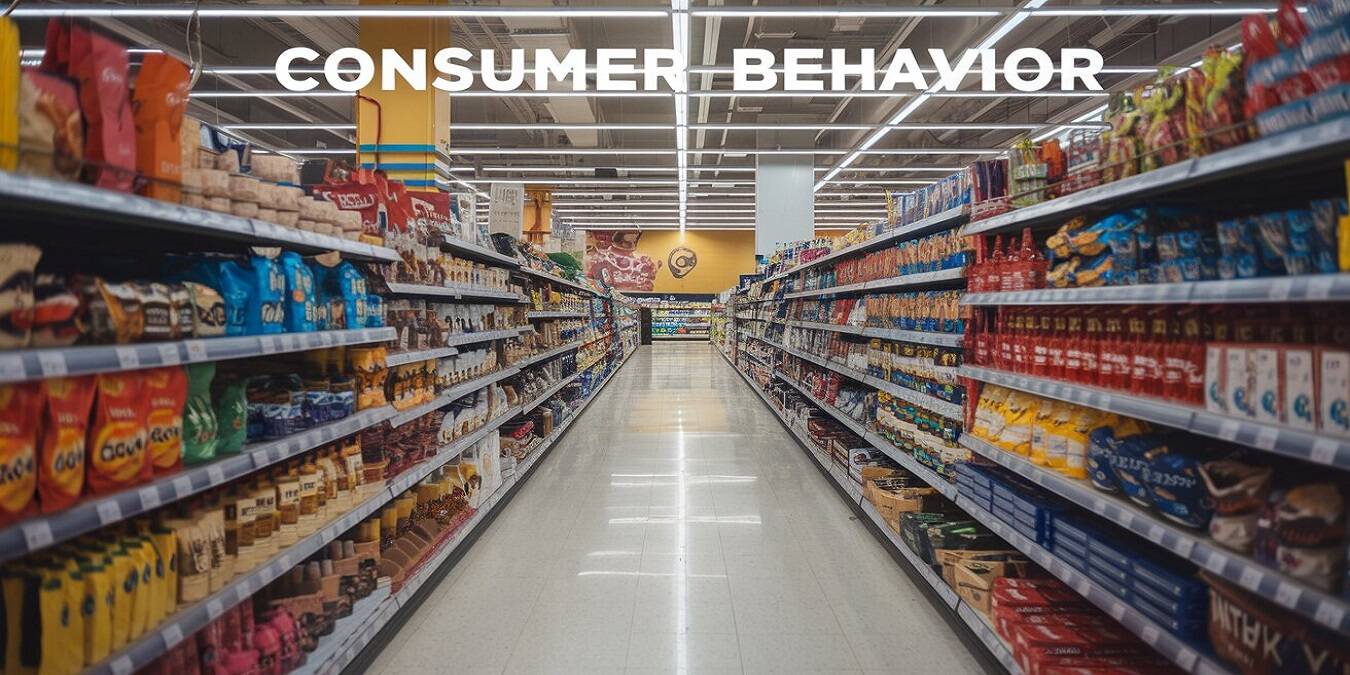
Consumer Behavior
The world of business is in constant flux. One of the most significant drivers of change is consumer behavior. As technology advances, economies shift and cultural trends evolve, so do the preferences and expectations of consumers.
Businesses that thrive in today’s competitive landscape are those that can adapt quickly to these changes. Understanding and responding to the shifting patterns in consumer behavior is not just an advantage, it’s a necessity.
This blog post will explore the major trends in consumer behavior, the opportunities these trends present and how businesses can effectively adapt to stay ahead.
The Digital Revolution
One of the most profound shifts in consumer behavior is the move towards digital. The digital revolution has transformed how people shop, communicate and consume media. With the rise of smartphones, social media and e-commerce platforms, consumers are more connected than ever before.
- Online Shopping Boom: Online shopping has grown exponentially. Consumers value the convenience of shopping from anywhere at any time. They expect fast, reliable delivery and easy returns. This shift presents an opportunity for businesses to expand their online presence, optimize their e-commerce platforms and improve the overall digital shopping experience.
- Mobile-First Mindset: More consumers are shopping on their mobile devices. Mobile-first design is no longer optional, it’s essential. Businesses need to ensure that their websites and apps are mobile-friendly, offering seamless navigation, quick load times and user-friendly interfaces.
- Influence of Social Media: Social media has become a powerful tool in shaping consumer behavior. Platforms like Instagram, TikTok and Pinterest influence purchasing decisions through ads, influencer endorsements and user-generated content. Businesses can leverage these platforms to engage with their audience, build brand awareness and drive sales.
- The Rise of Voice Search: With the increasing use of smart speakers and voice assistants, more consumers are using voice search to find products and services. Optimizing for voice search by focusing on natural language and conversational keywords can help businesses capture this growing market.
- Digital Payments: The way consumers pay for goods and services is also evolving. Digital wallets, contactless payments and cryptocurrencies are becoming more popular. Businesses need to offer a variety of payment options to meet consumer preferences and ensure a smooth checkout experience.
The Shift Toward Sustainability
Sustainability is no longer just a buzzword, it’s a significant factor driving consumer behavior. More consumers are making purchasing decisions based on environmental and ethical considerations. They want to support companies that align with their values and are committed to sustainability.
- Demand for Eco-Friendly Products: Consumers are increasingly seeking out products that are environmentally friendly. This includes items made from recycled materials, those with minimal packaging and products that are biodegradable or recyclable. Businesses can tap into this demand by offering sustainable products and highlighting their environmental benefits.
- Ethical Consumerism: Beyond just eco-friendly products, consumers are also concerned about the ethical practices of the companies they support. This includes fair labor practices, humane treatment of animals and corporate social responsibility. Businesses that demonstrate a commitment to ethical practices can build trust and loyalty among consumers.
- Transparency and Accountability: Today’s consumers expect transparency from the companies they buy from. They want to know where products are sourced, how they are made and what impact they have on the environment. Companies that are open about their processes and take accountability for their actions can earn the respect and trust of their customers.
- Circular Economy: The concept of the circular economy, where products are designed for reuse, repair and recycling, is gaining traction. Businesses can explore opportunities in creating products that are part of a circular economy, reducing waste and promoting sustainability.
- Green Marketing: Marketing sustainability efforts can be a powerful tool to attract environmentally conscious consumers. However, it’s essential that these efforts are genuine. Greenwashing or making false claims about sustainability, can backfire and damage a brand’s reputation.
The Experience Economy
Consumers today are looking for more than just products, they are seeking experiences. The experience economy is about creating memorable, personalized and meaningful interactions with consumers. It’s not just about what you sell, but how you sell it.
- Personalization: Personalization is key to creating unique experiences. Consumers want products, services and content tailored to their preferences and needs. Businesses can use data and analytics to understand consumer behavior and deliver personalized experiences across various touchpoints.
- Omnichannel Experience: Consumers expect a seamless experience whether they are shopping online, in-store or on their mobile devices. An omnichannel approach ensures that the customer journey is smooth and consistent across all channels. Businesses should integrate their online and offline channels to provide a cohesive experience.
- Interactive and Immersive Experiences: The rise of Virtual Reality (VR) and Augmented Reality (AR) has opened up new possibilities for creating immersive consumer experiences. From virtual try-ons to interactive product demonstrations, businesses can engage consumers in new and exciting ways.
- Customer Service Excellence: Exceptional customer service is a crucial part of the experience economy. Consumers expect quick, friendly and efficient service. Businesses should invest in training their staff, implementing AI-powered chatbots and providing multiple channels for customer support.
- Loyalty Programs: Loyalty programs are an effective way to enhance the consumer experience and encourage repeat business. Modern loyalty programs go beyond discounts, they offer personalized rewards, exclusive access and meaningful experiences that resonate with consumers.
Health and Wellness Focus
Health and wellness have become central to consumer behavior. The global pandemic has accelerated this trend, with more people prioritizing their physical and mental well-being. Businesses in various industries can benefit from this shift by aligning their products and services with the health and wellness trend.
- Demand for Healthier Products: Consumers are increasingly looking for products that contribute to their health and well-being. This includes organic foods, natural beauty products and supplements. Businesses can capitalize on this trend by offering healthier options and clearly communicating the health benefits of their products.
- Fitness and Self-Care: The fitness and self-care industries have seen significant growth. From home workout equipment to wellness apps, consumers are investing in their physical and mental health. Businesses can explore opportunities in providing products and services that support fitness and self-care routines.
- Mental Health Awareness: Mental health is no longer a taboo topic. Consumers are more open about their mental health needs and are seeking products and services that support their well-being. This includes everything from meditation apps to stress-relief products. Businesses that address mental health can build strong connections with their audience.
- Wellness in the Workplace: Employee well-being is a priority for many companies and consumers are taking notice. Businesses that promote a healthy work environment, offer wellness programs and prioritize work-life balance are more likely to attract and retain top talent. This, in turn, positively impacts their brand image and consumer loyalty.
- Sustainable Wellness: The intersection of sustainability and wellness is a growing trend. Consumers are looking for wellness products that are not only good for them but also good for the planet. This includes eco-friendly packaging, ethically sourced ingredients and products that promote both personal and environmental health.
The Power of Community
Community is playing an increasingly important role in consumer behavior. People want to feel connected to others and they are seeking out brands that foster a sense of community. This trend presents an opportunity for businesses to build strong, loyal customer bases by creating and nurturing communities.
- Brand Communities: Many successful brands have built strong communities around their products. These communities offer a space for consumers to connect with each other, share experiences and engage with the brand. Businesses can create brand communities through social media groups, forums and events.
- User-Generated Content: User-generated content (UGC) is a powerful tool for building community and trust. Encouraging consumers to share their experiences with your products not only boosts engagement but also provides authentic content that resonates with potential customers. Highlighting UGC on your website and social media channels can strengthen your brand’s community.
- Social Causes and Activism: Consumers are increasingly supporting brands that align with their values and take a stand on social issues. Businesses that are active in social causes and contribute to their communities can build deeper connections with their customers. However, it’s important that these efforts are authentic and aligned with the brand’s mission.
- Localism: The pandemic has brought a renewed focus on supporting local businesses and communities. Consumers are more inclined to shop local and support small businesses. This trend offers an opportunity for businesses to highlight their local roots, collaborate with other local enterprises and engage with their communities.
- Collaborative Consumption: The concept of sharing and collaborative consumption is gaining popularity. Consumers are increasingly interested in sharing resources, from ride-sharing services to co-working spaces. Businesses that offer products or services that promote collaborative consumption can tap into this growing market.
The Need for Speed and Convenience
In today’s fast-paced world, consumers value speed and convenience more than ever. They want to save time and effort in their daily lives and they expect businesses to cater to this need.
- On-Demand Services: The rise of on-demand services has transformed consumer expectations. Whether it’s food delivery, transportation or streaming entertainment, consumers want instant access to products and services. Businesses can capitalize on this trend by offering on-demand solutions and ensuring fast, reliable service.
- Subscription Models: Subscription services have grown in popularity as they offer convenience and predictability. From streaming platforms to subscription boxes, consumers appreciate the ease of having products and services delivered regularly. Businesses can explore subscription models to build customer loyalty and create a steady revenue stream.
- Automation and AI: Automation and AI are playing a significant role in enhancing convenience. From AI-powered chatbots that provide instant customer support to automated order fulfillment, these technologies help businesses meet consumer demands for speed and efficiency.
- Contactless Solutions: The demand for contactless solutions has surged, especially in response to the pandemic. Consumers prefer contactless payments, curbside pickups and touchless interactions. Businesses should adapt by implementing contactless options and ensuring a safe, seamless experience for their customers.
- Streamlined Processes: Consumers expect streamlined processes when interacting with businesses. This includes everything from easy navigation on a website to a hassle-free checkout process. Businesses should regularly evaluate their customer journey and remove any friction points to enhance convenience.
The Importance of Trust and Privacy
Trust and privacy have become critical concerns for consumers. With the increasing amount of personal data being collected by companies, consumers are more aware of privacy issues and are demanding greater control over their information.
- Data Transparency: Consumers want to know how their data is being used and who has access to it. Businesses that are transparent about their data practices and offer clear privacy policies can build trust with their customers. Providing options for consumers to control their data and opt-out of certain data collection practices is also crucial.
- Cybersecurity: With the rise in cyber threats, consumers are increasingly concerned about the security of their personal information. Businesses must prioritize cybersecurity by implementing robust security measures, regularly updating systems and educating customers about safe online practices. A strong commitment to cybersecurity can reassure consumers and protect the business from potential threats.
- Ethical Use of Data: The ethical use of data is a growing concern for consumers. They expect businesses to use their data responsibly and not exploit it for profit. Companies that demonstrate a commitment to ethical data practices can earn consumer trust and loyalty.
- Building Brand Trust: Trust is the foundation of a strong brand-consumer relationship. Businesses should focus on building trust through consistent quality, reliable customer service and transparent communication. Addressing consumer concerns promptly and honestly is key to maintaining trust.
- Privacy-First Marketing: As privacy concerns grow, businesses need to adapt their marketing strategies. Privacy-first marketing focuses on respecting consumer privacy while still delivering personalized experiences. This includes using data responsibly, obtaining consent and being transparent about how data is used in marketing efforts.
Seizing Opportunities in a Changing Landscape
The trends in consumer behavior present both challenges and opportunities for businesses. By understanding these shifts and adapting accordingly, businesses can stay ahead of the competition and meet the evolving needs of their customers.
- Innovation and Agility: Businesses must be willing to innovate and adapt quickly to changing consumer behavior. This includes experimenting with new products, services and business models. Agility is key to staying relevant in a fast-changing market.
- Customer-Centric Approach: A customer-centric approach is essential for adapting to changing consumer behavior. Businesses should focus on understanding their customers’ needs, preferences and pain points. This involves gathering and analyzing customer feedback, using data to inform decisions and continuously improving the customer experience.
- Collaborations and Partnerships: Collaborations and partnerships can help businesses navigate changes in consumer behavior. By teaming up with other companies, organizations or influencers, businesses can reach new audiences, offer unique value propositions and stay relevant in the market.
- Continuous Learning: The business landscape is constantly evolving and so are consumer behaviors. Businesses need to stay informed about the latest trends, technologies and consumer preferences. This requires continuous learning, staying updated with industry developments and being open to change.
- Long-Term Vision: While adapting to immediate changes is important, businesses should also have a long-term vision. This involves anticipating future trends, investing in innovation and preparing for the next wave of consumer behavior shifts.
Conclusion
Adapting to changing consumer behavior is not a one-time effort, it’s an ongoing process. The trends and opportunities discussed in this blog post highlight the dynamic nature of consumer behavior and the need for businesses to be flexible, innovative and customer-focused.
By staying attuned to these trends and taking proactive steps to adapt, businesses can not only meet the current demands of their customers but also position themselves for long-term success. Embracing change, fostering trust and prioritizing the customer experience will be key to thriving in the ever-evolving business landscape.

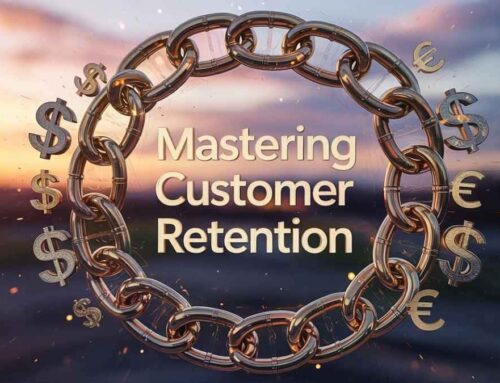
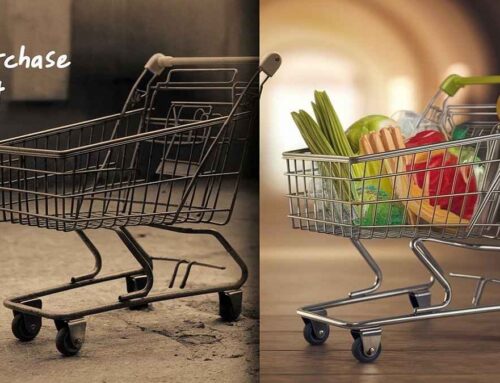
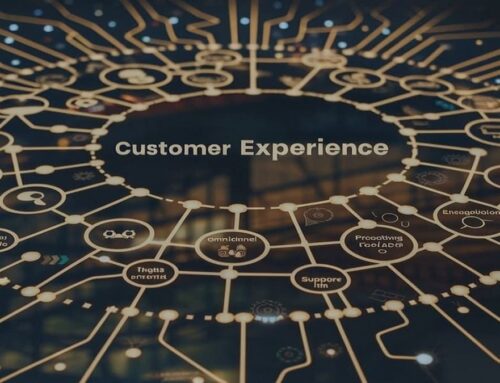
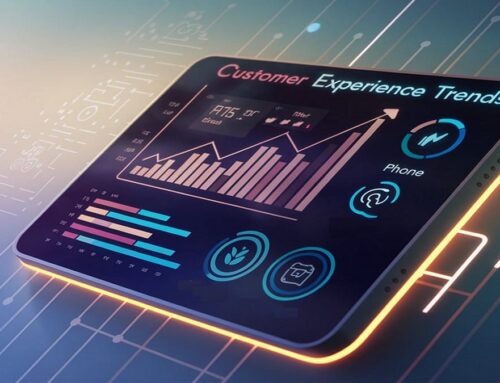










Your blog has quickly become my go-to source for reliable information and thought-provoking commentary. I’m constantly recommending it to friends and colleagues. Keep up the excellent work!